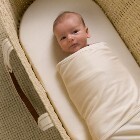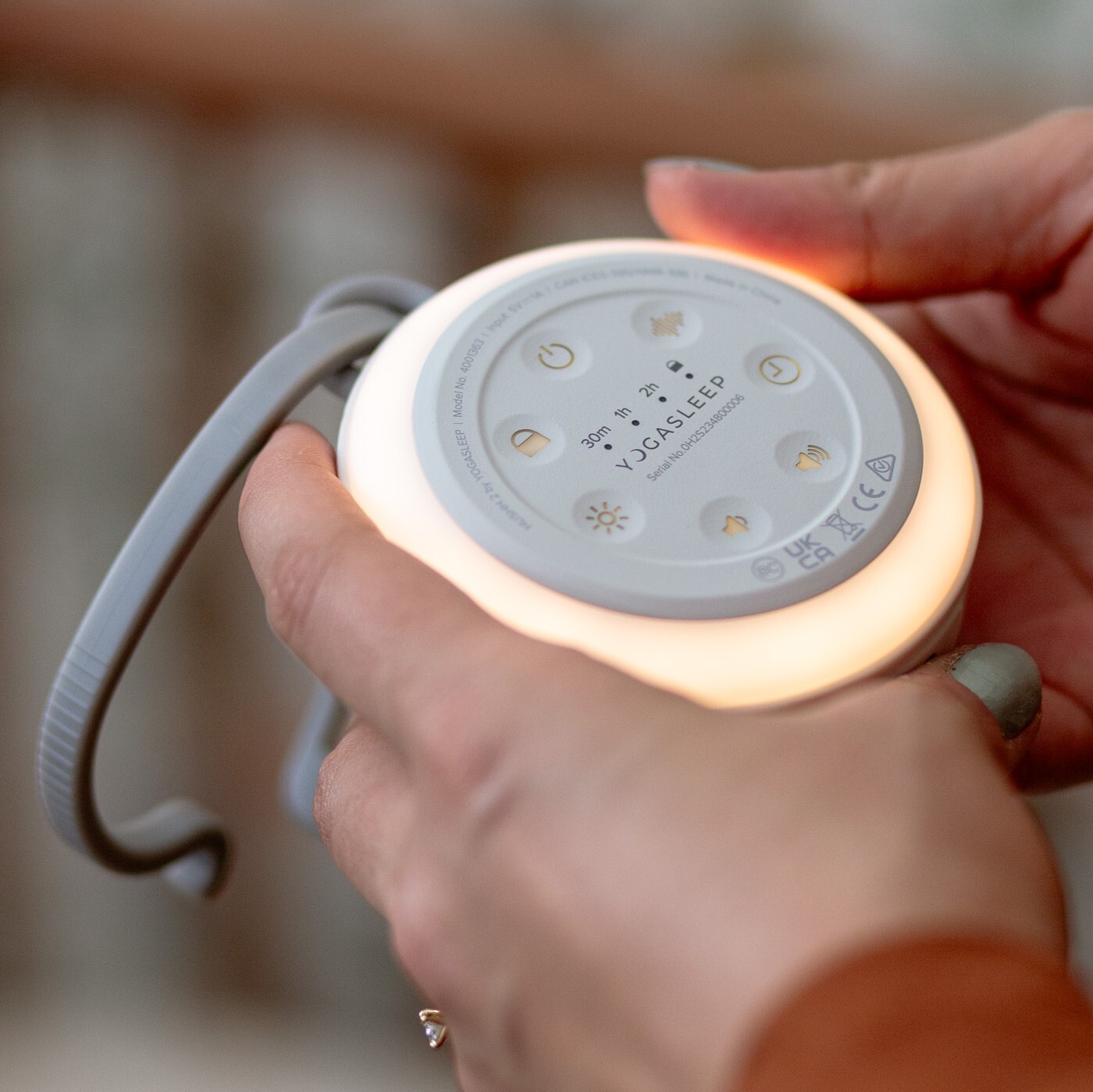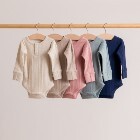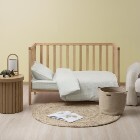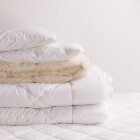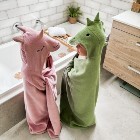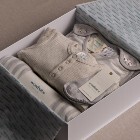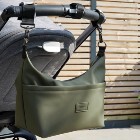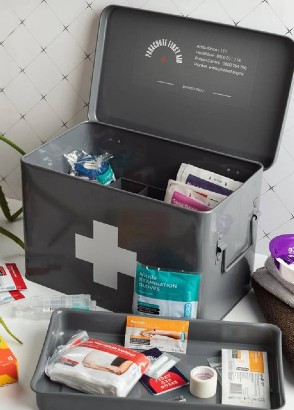Whether you’re a new parent or have one on the way, figuring out what you need to buy and learn can feel overwhelming. From mastering swaddles to decoding cries, it feels like there’s always something new to figure out. But one skill that often gets overlooked is baby first aid - until a moment of panic strikes. Whether it’s a fever that spikes in the middle of the night or an unexpected fall, knowing what to do (and having the right supplies on hand) can make a huge difference.
Charlotte Young, paediatic ICU nurse and first aid educator from & Breathe First Aid, shares her key first aid skills and items every parent should have.




